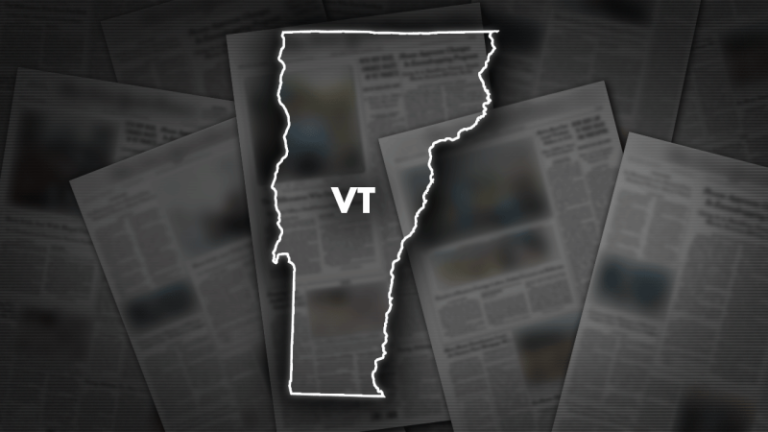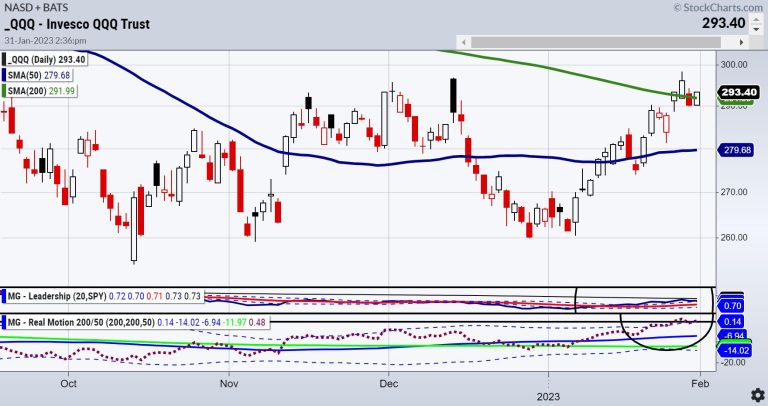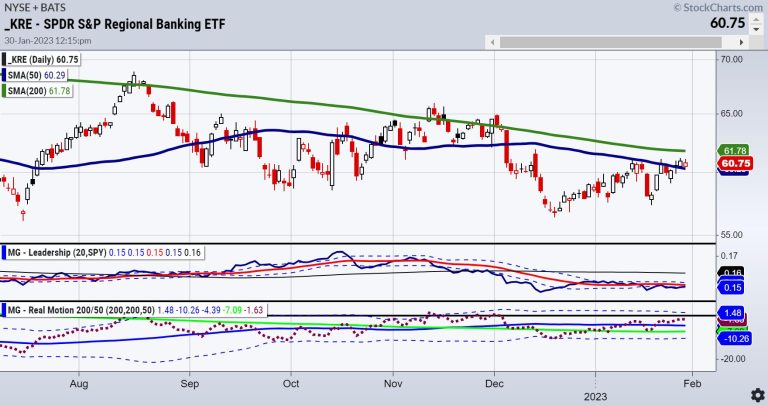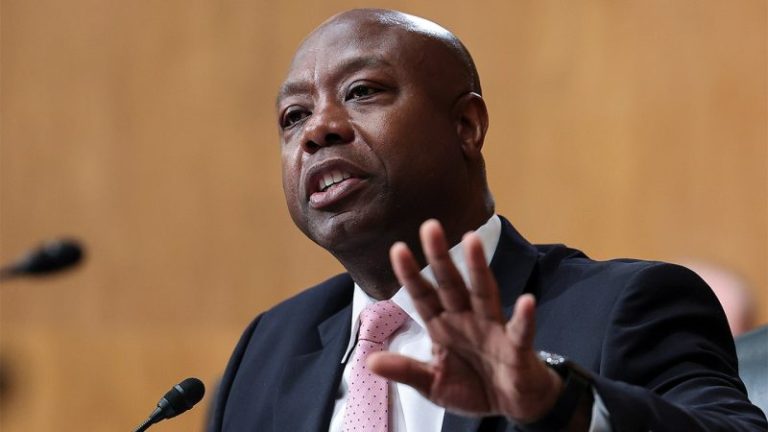Vermont lawmakers are taking testimony on a pair of bills that aim to protect health care workers who provide abortions and gender-affirming health care in Vermont from legal and disciplinary action from states that limit or ban those practices.
The bills were introduced seven months after the U.S. Supreme Court overturned Roe v. Wade and as states have restricted or taken steps to protect access to such care.
In Vermont, the two bills would define reproductive and gender-affirming health care as legally protected health care activities. Seven states have enacted similar so-called abortion shield laws, with three of them covering gender-affirming care, according to the Center for Reproductive Rights.
‘Across the country, we’ve seen a dramatic rise in the threats and violent acts against health care providers and clinics, particularly those that provide reproductive health care including abortion and gender-affirming care,’ Dr. Lauren MacAfee, an obstetrician, gynecologist and family planning specialist in Burlington, told the Vermont House Judiciary Committee on Tuesday.
She supports the proposed House bill that would, among other things, protect such health care providers from civil arrest and make it a misdemeanor crime to use or threaten to use force, or to use physical obstruction to interfere with someone receiving or providing such health care. The bill would also ban a public agency from cooperating in an interstate investigation that seeks to impose civil or criminal liability upon a person for obtaining such care or an entity for providing it.
Vermont has formally changed the state’s constitution to include the Reproductive Liberty Amendment to protect reproductive rights including abortion. Republican Gov. Phil Scott signed the constitutional amendment in December. The Legislature also passed a law in 2019 guaranteeing abortion rights.
The other bill currently in committee in the Vermont Senate would protect health care providers from professional disciplinary action and changes to its insurance premium charges related to such care.
MacAfee said it’s critical to do everything possible to protect and support health care providers who are not only burning out, fatiguing and leaving medicine for other professions, but are also ‘burdened with the additional concerns of their safety and ability to provide care for the increasing number of patients traveling from out of state for safe, legal health care,’ she said.
Last fall, Planned Parenthood of New England started tracking the amount of out-of-state patients seeking care in Vermont, said Lucy Leriche, the organization’s vice president of public policy. While she said she hasn’t seen the recent data, she told lawmakers there was about a 10% increase in out-of-state patients seeking abortion care in Vermont in the early fall.










